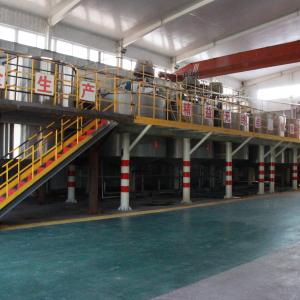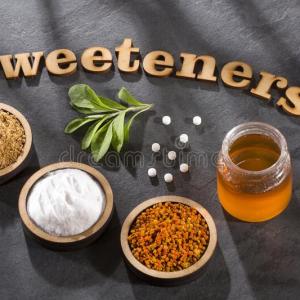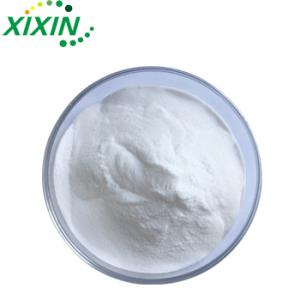How to distinguish the various oligosaccharides on the market?
Fructooligosaccharides
Fructooligosaccharide is a mixture of cane fructotriose produced by fructose group. It is a natural active substance and exists in many fruits and vegetables.
Fructooligosaccharides are indigestible oligosaccharides, belonging to the category of dietary fiber. They do not significantly increase blood sugar, cause dental caries and make people fat. Fructooligosaccharides can also be used as prebiotics to promote the proliferation of probiotics, improve blood lipids, regulate intestinal flora and promote the absorption of trace elements. But you can't eat too much, which may cause flatulence, diarrhea and even abdominal pain, thus affecting the absorption of nutrients in three meals, which is not conducive to health.
Galactooligosaccharides
Galactooligosaccharide is an additive in milk powder, which aims to simulate and supplement the oligosaccharide component in breast milk. Oligosaccharides, also known as oligosaccharides, are composed of 3-10 monosaccharide molecules connected by glycosidic bonds. Although they cannot be decomposed by human digestive enzymes, they can be digested and utilized by colonic microorganisms. They are important nutrients and immunomodulatory substances, and are also closely related to the early growth and development of infants and young children. Breast milk is the golden standard for infant nutrition, and human breast milk is particularly rich in oligosaccharides. Therefore, for infants who cannot accept breast feeding for various reasons, the addition of oligosaccharides in formula food can not be ignored. In order to simulate the function of human breast milk oligosaccharides, the commonly used dietary oligosaccharides are mainly galactooligosaccharides. Galactooligosaccharides usually take lactose in milk as raw material and are catalyzed by galactosidase, which is particularly closely related to breast milk. The role and efficacy of galactooligosaccharides in milk powder mainly include regulating intestinal flora, improving intestinal function, immune regulation and preventing allergy.
Isomaltooligosaccharide
Low poly isomaltose rarely exists in free state in nature, but as a component of amylopectin or polysaccharide, it exists in a small amount in some fermented foods such as soy sauce, yellow rice wine or enzymatic glucose syrup.
In industry, an enzyme is needed to produce Isomaltooligosaccharide from starch α- Glucosidase, also known as glucosyltransferase, for short α- Glycosidase.
Isomaltooligosaccharide can effectively promote the growth and reproduction of Bifidobacterium, a beneficial bacterium in human body, so it is also known as "Bifidobacterium growth promoting factor" and "Bifidobacterium factor" for short. After years of clinical and practical application, Bifidobacterium has many health functions, and Isomaltooligosaccharide, as a promoting factor of Bifidobacterium, has naturally attracted people's attention.
Xylooligosaccharides
It consists of 2-7 xylose molecules β- 1,4 glycosidic bond is a functional polysaccharide. Compared with soybean oligosaccharides, fructooligosaccharides and Isomaltooligosaccharides, it has unique advantages. It can selectively promote the proliferative activity of intestinal bifidobacteria. Its bifidus factor function is 10-20 times that of other polymeric sugars.
1. Xylooligosaccharides are difficult to be broken down by human digestive enzymes
The digestion experiments with saliva, gastric juice, pancreatic juice and small intestine enzyme showed that: almost all kinds of digestive juice can not decompose xylooligosaccharides, and its energy value is almost zero, which neither affects the blood glucose concentration nor increases the insulin level in blood glucose, and will not form fat deposition. Therefore, it can play a role in low-energy food, and meet the requirements of those who love sweets and worry about diabetes and obesity to the greatest extent, Therefore, diabetic patients, obese patients and hypoglycemic patients can safely eat.
2. It has good acid and thermal stability and is difficult to ferment. Compared with other oligosaccharides, Xylooligosaccharides are characterized by very good stability. Even when heated to 100 ℃ under acidic conditions (pH = 2.5-7), it basically does not decompose, while some functional oligosaccharides are easy to decompose under acidic conditions, thus reducing their proliferation activity of bifidobacteria.
3. Less effective intake






